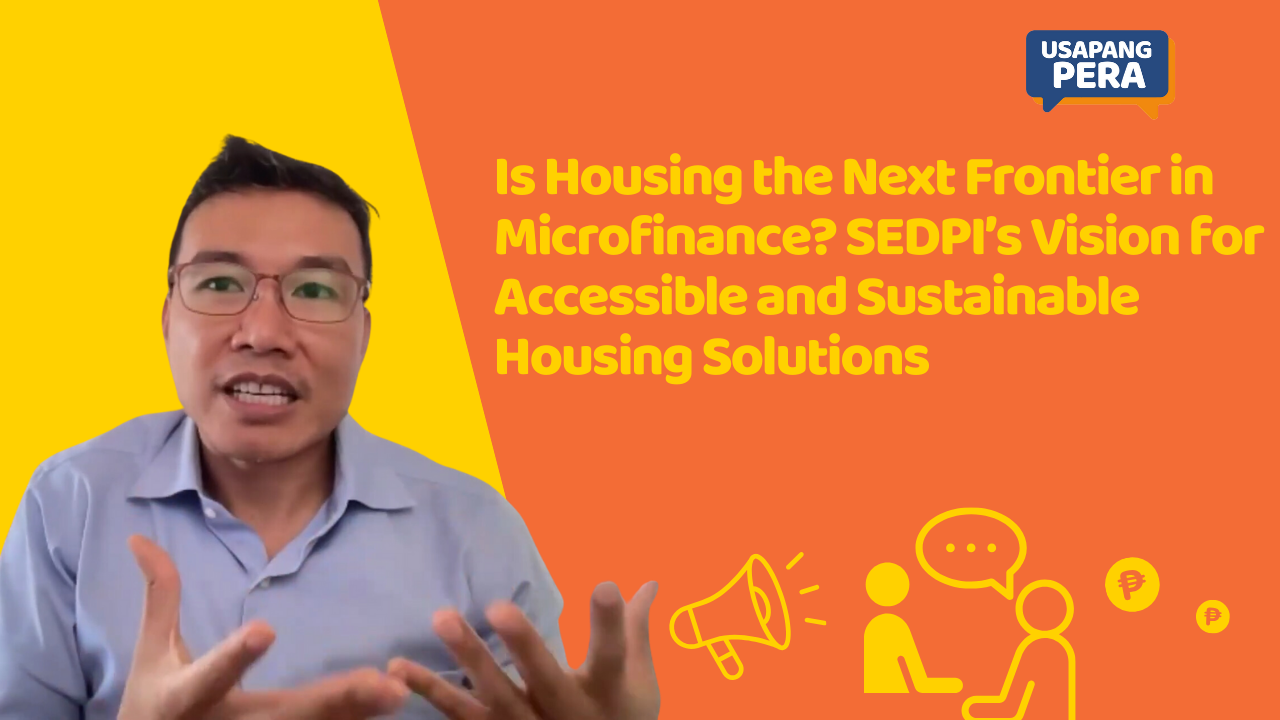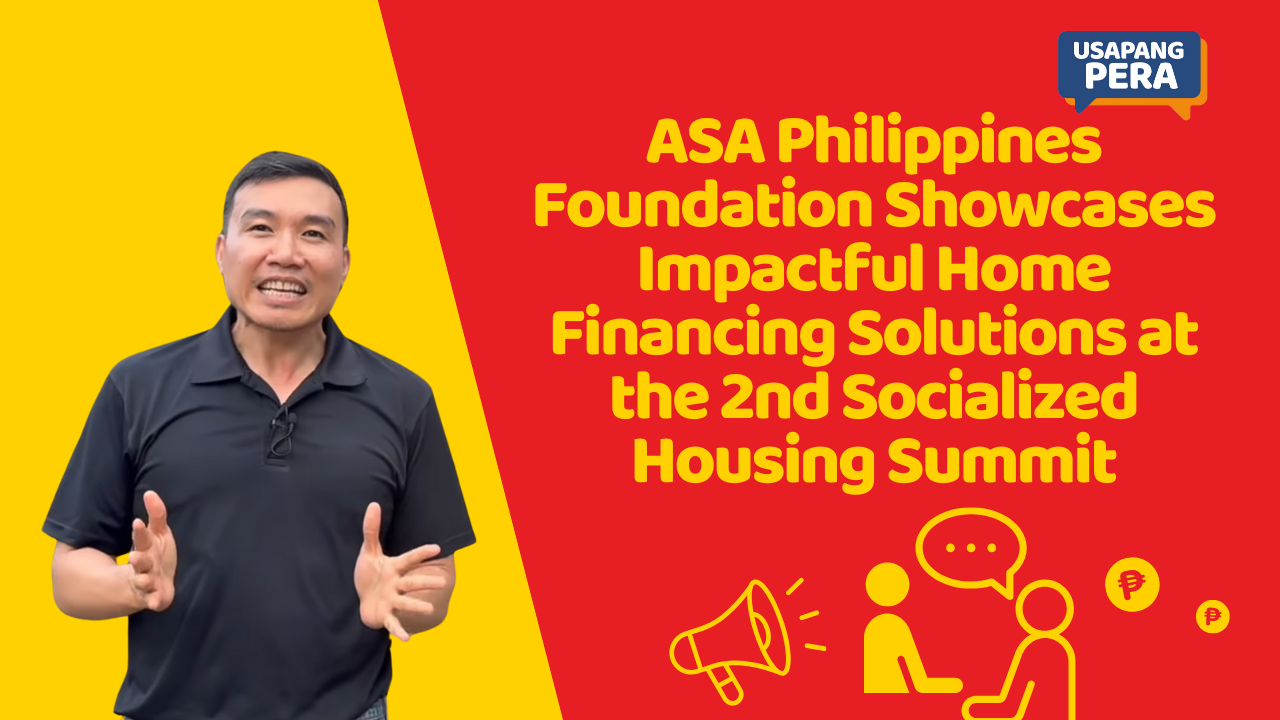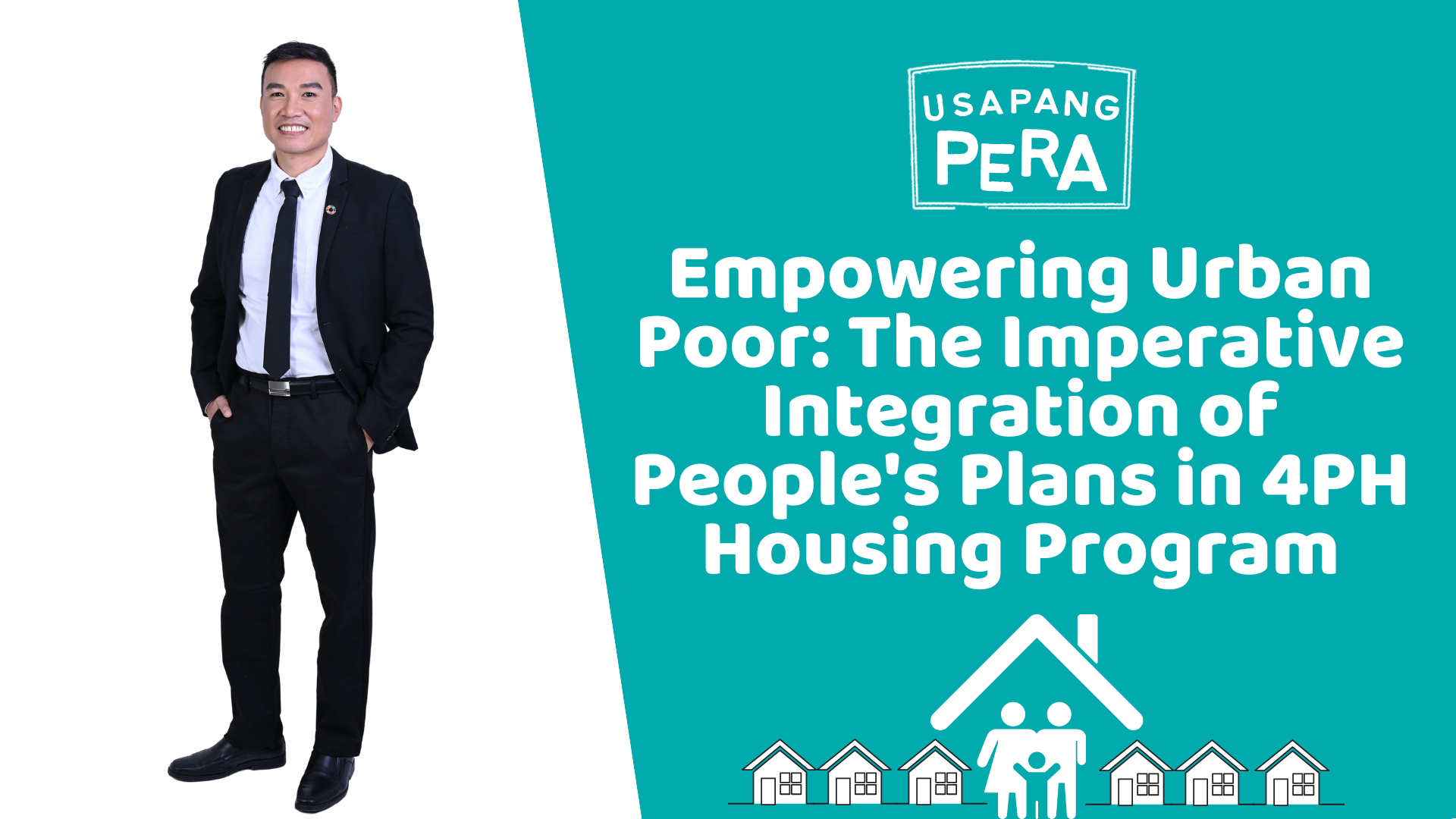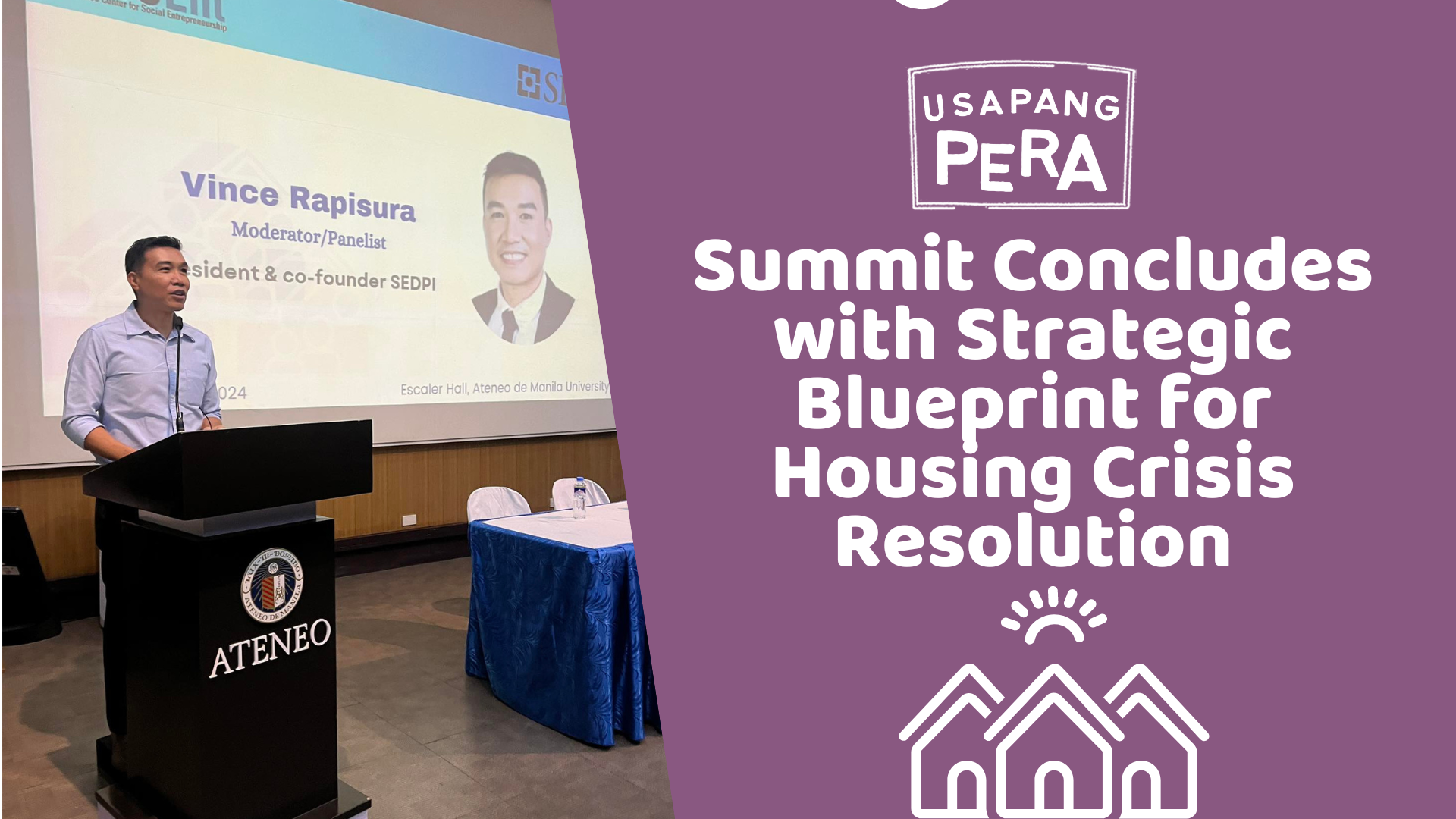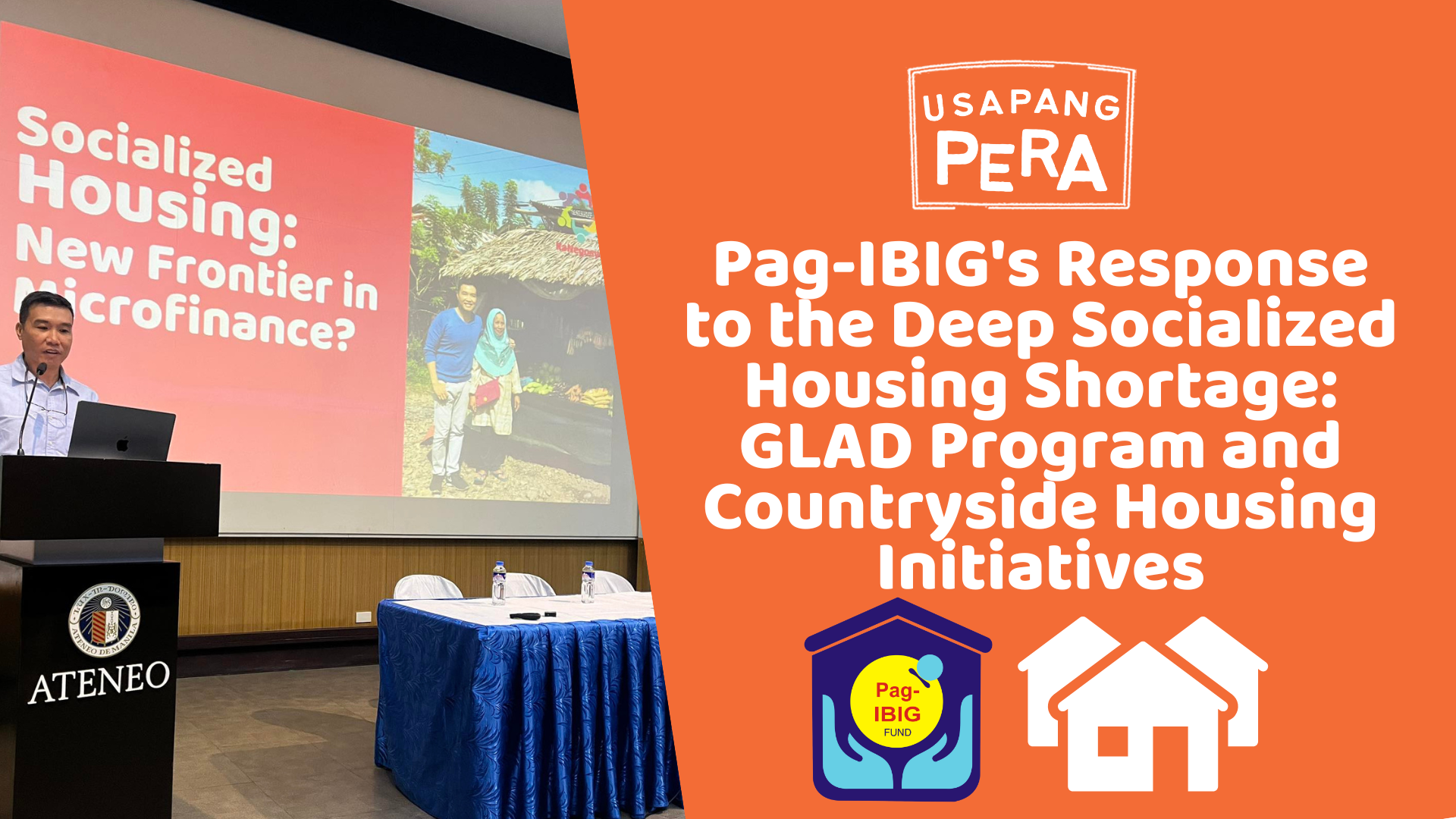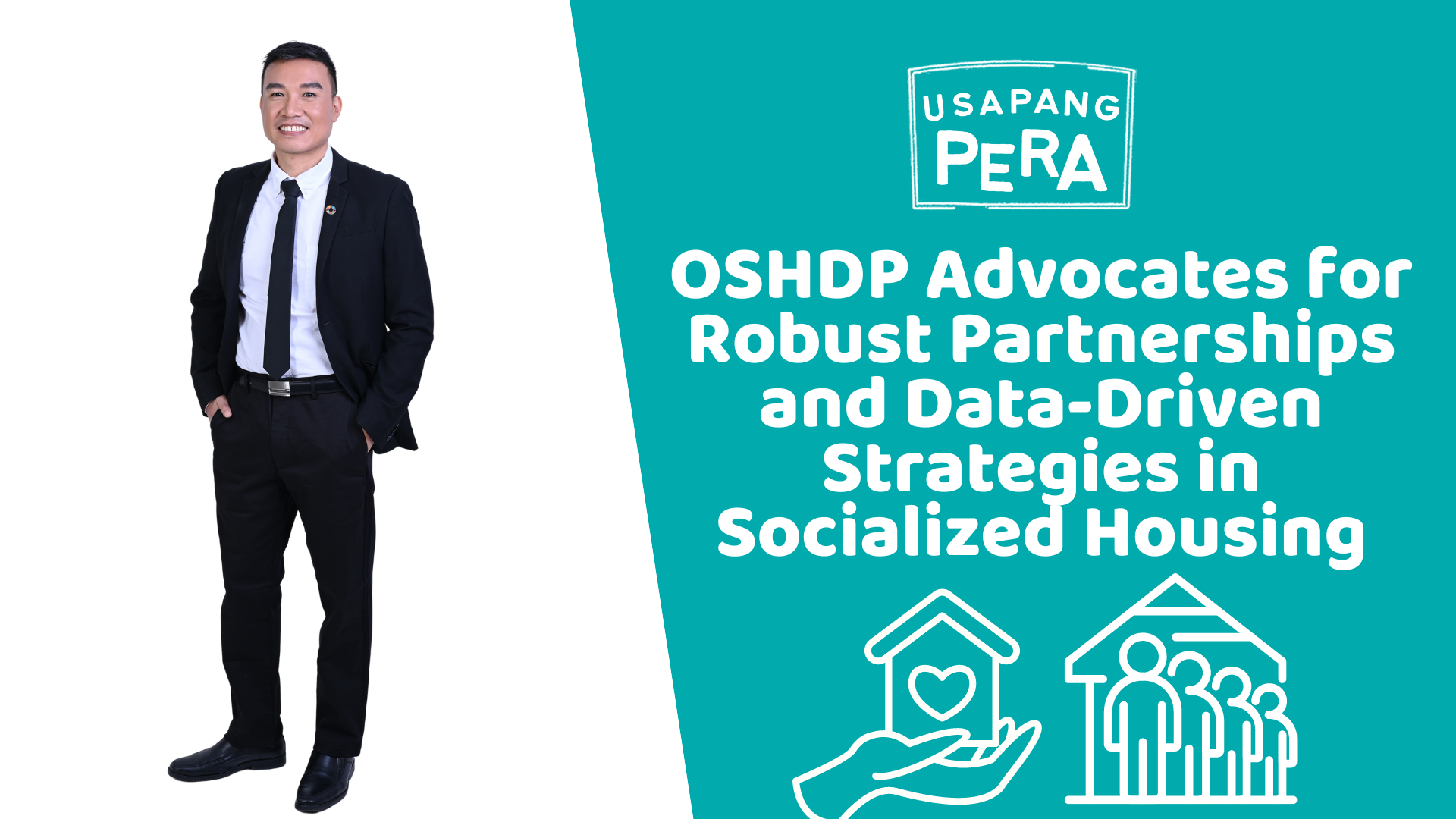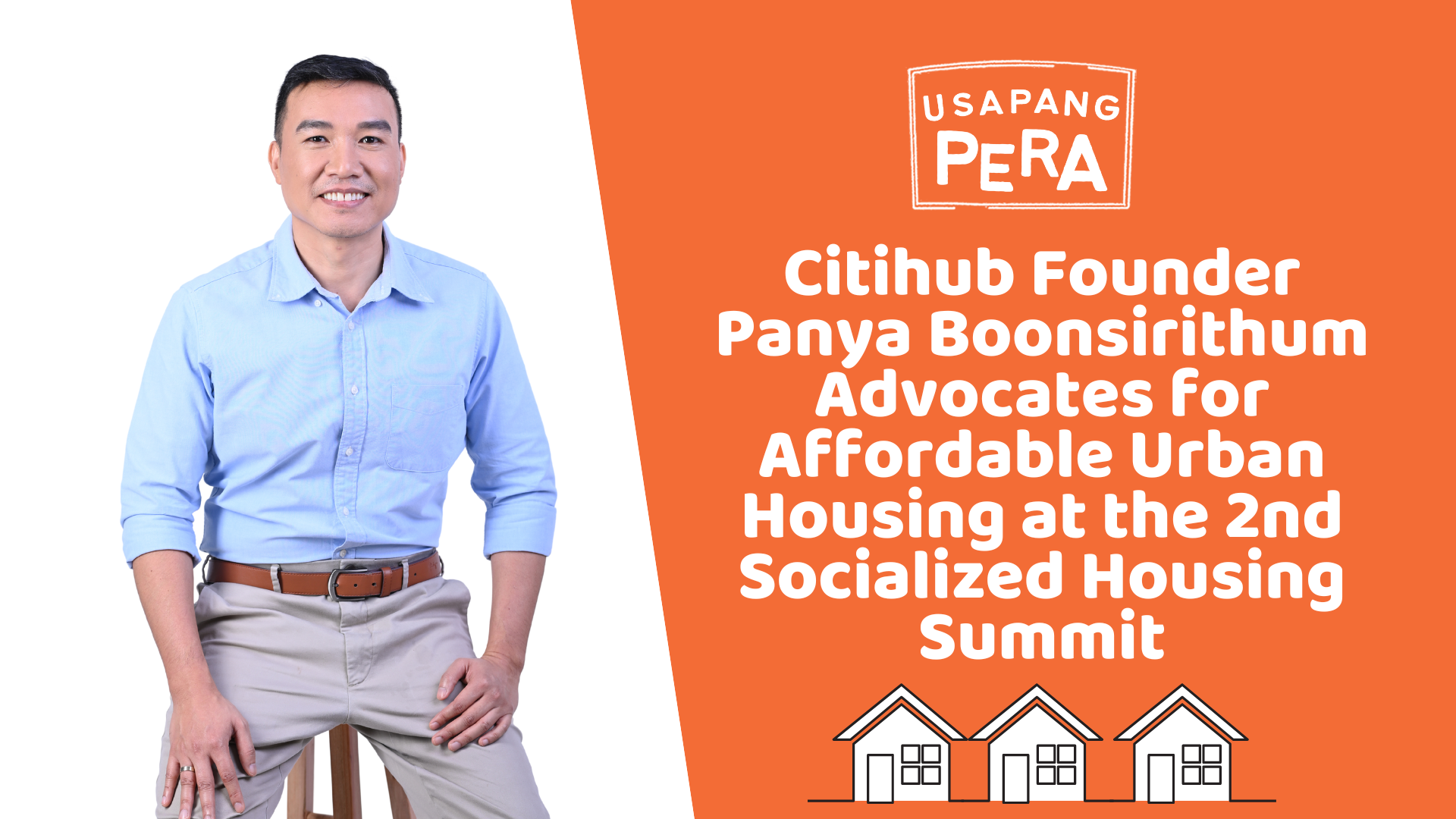Category: Microenterprise
-

Delinquency Management
Ateneo de Manila-SEDPI NanoEnterprise Development Program(formerly the Ateneo Microfinance Capacity-Building Program) Course Objectives: Course Description: This course equips microfinance practitioners with essential tools and strategies to manage loan delinquency effectively. Participants will explore causes, costs, and borrower perspectives on repayment, learn key metrics like portfolio at risk, and apply loan classification and collection techniques. Gain actionable…
-

Islamic Finance 101: Principles and Practices for Microfinance Practitioners
Ateneo de Manila-SEDPI NanoEnterprise Development Program(formerly the Ateneo Microfinance Capacity-Building Program) Course Objectives: Course Description: Discover the foundations of Islamic finance and its applications in microfinance. This course covers Shari’ah-compliant principles, ethical finance practices, and practical tools for empowering communities. Gain insights into profit-sharing, risk-sharing, and asset-backed arrangements that prioritize fairness and community well-being, tailored for…
